Psychoeducation for the media on trauma-informed and environmental journalism during wartime
Main Article Content
Abstract
Actuality. Covering traumatic events in the media is critically important for society during wartime, but it is associated with risks to the mental health of both journalists and their sources. The concept of trauma-informed journalism is becoming particularly relevant as it offers approaches to minimize retraumatization, ensure the dignity and safety of victims, and protect the psychological well-being of media professionals and the audience themselves.
Aim of the Article. To examine the key psychological aspects of covering traumatic events in the media, including threats to the mental health of journalists, ethical dilemmas, and strategies for applying the principles of trauma-informed journalism for responsible and high-quality coverage of crisis situations.
Methods and Methodology. The article is based on a theoretical analysis of scientific publications, recommendations from international organizations (in particular UNESCO and the Dart Center for Journalism and Trauma), as well as the practical experience of experts in the field of trauma-informed journalism (e.g., Jo Healey and Taylor Blackley). Descriptive and analytical methods were used to systematize and interpret existing knowledge on the researched issue.
Results. The article presents a rationale for the necessity of applying a trauma-informed approach in journalism, especially when covering events related to war and suffering. The key principles of this approach are highlighted, including minimizing harm, empathy, respect for the autonomy of victims, and ensuring informed consent. Practical recommendations for journalists on preparing for interviews, conducting conversations, and taking care of their own mental health are provided. The importance of awareness of potential biases and cultural specificities when covering traumatic events is emphasized.
Conclusions. Covering traumatic events requires journalists to have not only professional skills but also a deep understanding of the psychological consequences of trauma. Adherence to the principles of trauma-informed journalism, including ethical interaction with victims, ensuring informed consent, and minimizing potential harm to all participants in the information process, is key to responsible and high-quality coverage. At the same time, an important aspect is the awareness of one's own psychological boundaries and the implementation of self-care strategies for journalists who regularly encounter traumatic content.
Prospects fo Furthe Research. Further research may focus on studying the effectiveness of various models of trauma-informed journalism in the context of covering the war in Ukraine, developing practical tools and protocols for media organizations, as well as assessing the impact of trauma-informed content on the psychological state of the audience.
Downloads
Article Details
References
Bloom, S. L. (2010). Creating sanctuary: Toward the evolution of sane societies. Routledge. (in English)
Bradley, L., & Heywood, E. (2024). Journalism as the Fourth Emergency Service. Trauma and Resilience. New York, United States of America: Peter Lang Verlag. Retrieved May 7, 2025, from 10.3726/b21650 (in English)
Dart Center for Journalism and Trauma. (n. d.). Resources for journalists. Retrieved from https://dartcenter.org/ (in English)
Feinstein, A., Owen, J., & Blair, N. (2002). A hazardous profession: War, journalism and psychopathology. American Journal of Psychiatry, 159 (9), 1519–1525. (in English)
Healey, J. (2019). Trauma reporting: A journalist's guide to covering sensitive stories (1st ed., Kindle ed.). Routledge. (in English)
Komisiia z zhurnalistskoi etyky [Commission on Journalistic Ethics]. (2021). Roziasnennia KZhE shchodo etychnoi povedinky zhurnalista v protsesi provedennia interviu z liudmy, yaki perezhyly travmu [Clarification of the KJE on the ethical behavior of a journalist when conducting interviews with people who have experienced trauma]. Retrieved from https://cje.org.ua/news/rozyasnennya-kzhe-shchodo-etychnoyi-povedinky-zhurnalista-v-procesi-provedennya-intervyu-z/ (in Ukrainian)
Rees, G. (2007). Weathering the trauma storms. British Journalism Review, vol. 18, no. 2, Jun., pp. 65–70. https://doi.org/10.1177/0956474807080949 (in English)
Tumber, H. (2016). Journalism and the public: The changing conditions of production and reception. Routledge. (in English)
UNESCO. (2022). Safety of journalists covering traumatic and distressing events. Retrieved from https://unesdoc.unesco.org/ark:/48223/pf0000381200 (in English)
Zamirska, L. (2025). Poza heroichnymy sіuzhetamy: chomu media heroizatsiіa veteraniv mozhe zbilshyty barіer [Beyond heroic stories: why media heroization of veterans can increase the barrier]. Dzerkalo tyzhnia [Mirror Weekly]. Retrieved fromhttps://detector.media/community/article/240778/2025-05-10-poza-geroichnymy-syuzhetamy-chomu-media-geroizatsiya-veteraniv-mozhe-zbilshyty-barier/(in Ukrainian)
